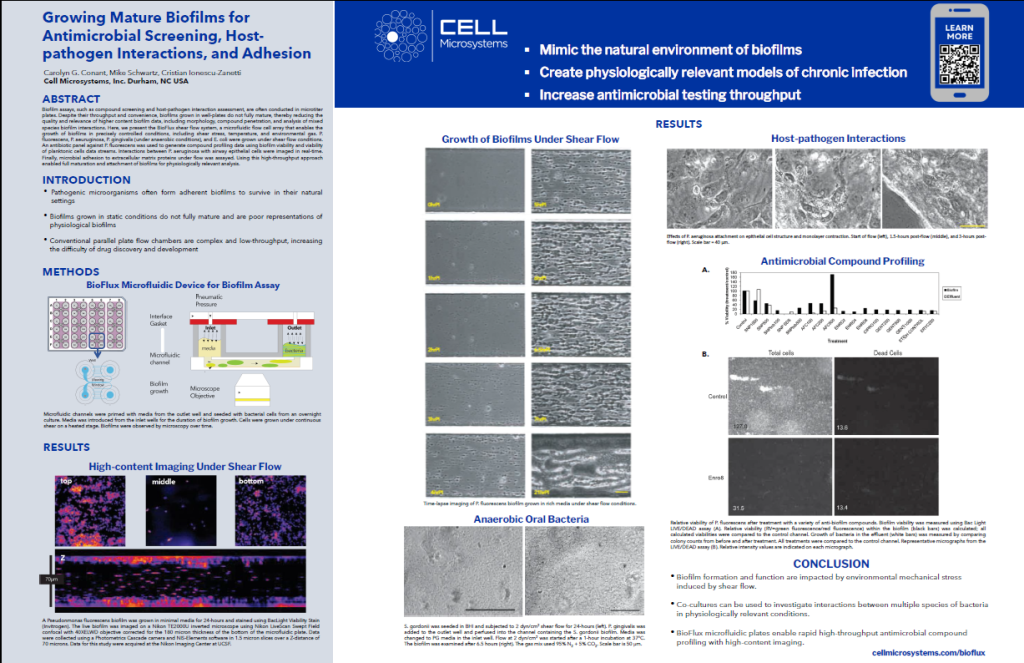Accelerate to discover
Technologies
Type of the news
Brands



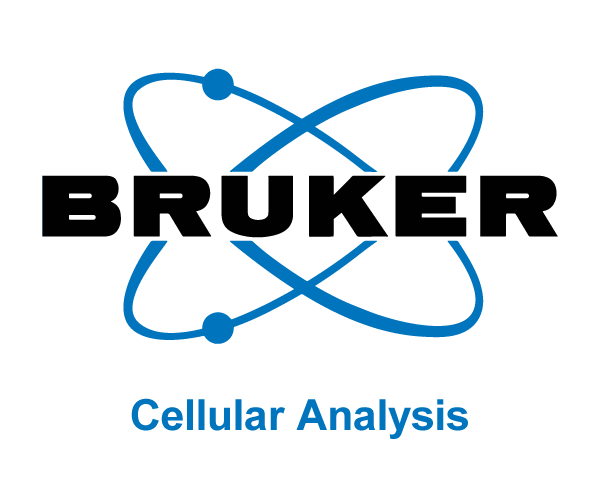
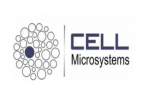
















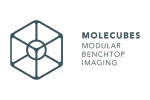


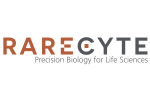









Combination of low-energy X-ray & citric acid to inactivate E.coli, S.Typhimurium, L.Monocitogenes
Combined treatment with 0.5 kGy X-ray and 0.1 % CA significantly decreased biofilm cell counts by 5.10, 4.31, and 3.96 log CFU/coupon for E. coli O157:H7, S. Typhimurium, and L. Monocytogenes, respectively.
2025-12-03
Development of new albumin‑binding radiotracers for PET imaging of CSF
In this study by Peltoniemi et al., PET/CT imaging using the X-CUBE (CT) and ß-CUBE (PET) was used to non-invasively visualize cerebrospinal fluid (CSF) flow and glymphatic system dynamics in rats.
2025-11-28
Preclinical Development for Therapy of Hard-to-Treat PD-L1-Positive Solid Tumors
They developed MDG1015 — CD8⁺ TCR-T cells armored with a PD1-41BB costimulatory switch protein (CSP) that converts PD-L1–mediated inhibition into activation. In vitro, they selectively kill PD-L1⁺ tumor cells while sparing non-target cells.
2025-11-17
Subcutaneous delivery of MSC induces immunoregulatory effects in the lymph node
Mice were imaged under anaesthesia (2.5% isoflurane in oxygen), daily until the bioluminescence signal disappeared. Imaging was performed in an Ami-HTX Small Animal Imager and analysed with Aura Imaging Software, from Spectral Instruments Imaging.
2025-09-12
Incorporation of SARS-CoV-2 spike NTD to RBD protein vaccine improves immunity against viral variant
By fusing the spike protein's terminal domain (NTD) with its receptor-binding domain (RBD), researchers have engineered a protein vaccine that significantly amplifies both T-cell responses and antibody breadth.
2025-06-25
Curious how PET imaging and reporter gene tracking are transforming CAR-T cell therapy in oncology?
Recorded webinar is recommended if you are working or you are interested by translational studies in oncology, immune therapy, and biomedical imaging.
2025-06-02
Genotype-Specific Macrophage Programs in the NSCLC Microenvironment
Understanding cell-cell interactions within the tumor-immune microenvironment is crucial for advancing cancer therapies. Macrophages show highly variable roles in tumor progression and response, yet the drivers of this complexity remain unclear.
2025-11-26
Measure EV Purity Results by Calculating the Membrane Ratio with the Exoplorer
Working with Extracellular Vesicles (EVs)? Imagine being able to effortlessly measure EV quality. This is possible with the Exoplorer™ Nano-flow Cytometer — a highly effective tool for nanoparticle-level analysis.
2025-10-20
Pericytes promote metastasis by regulating tumor local vascular tone and hemodynamics
The anesthetized mouse was placed on a customized stage for tumor immobilization and colon tumor was exposed to intravital microscopy (IVM-MS2, IVIM Technology, Korea) equipped with 25× water immersion objective.
2025-09-10
Growing Mature Biofilms for Antimicrobial Screening, Host-pathogen Interactions, and Adhesion
We present the BioFlux shear flow system, a microfluidic flow cell array that enables the growth of biofilms in precisely controlled conditions, including shear stress, temperature, and environmental gas.
2025-06-18
High-throughput, physiological assays of leukocyte adhesion and rolling
BioFlux shear flow systems enable the visualization and analysis of all of the steps of the leukocyte adhesion cascade under physiological/pathological shear flow using one system.
2025-04-04
Advances in Biofilm Research: How the Experts are Overcoming Obstacles
There are plenty of areas of interest when working with biofilms. In this article we focus on two major ones: biofilm drug resistance and antibiofilm drug development and the approach one can take in research.
2025-11-19
Image-activated cell sorting
The NanoCellect VERLO Image-Guided Cell Sorter is mentioned in the attached Nature Reviews Bioengineering paper (Ding et al., 2025) reviewing commercially available Image-Activated Cell Sorting systems.
2025-09-16
Monitoring mRNA vaccine antigen expression in vivo using PET/CT
The aim of this study was to evaluate the ability of PET/CT imaging to track mRNA vaccine antigen expression in mammalian systems. The researchers used eDHFR as a PET reporter gene, fused to the SARS-CoV-2 spike protein.
2025-09-08
Control of behavioral uncertainty by divergent frontal circuits
Preprint on bioRxiv shows that plasma p-tau181, NfL, and GFAP effectively differentiate Alzheimer’s from FTD and DLB, while Aβ₁₋₄₂/₁₋₄₀ adds little diagnostic value.
2025-06-04










